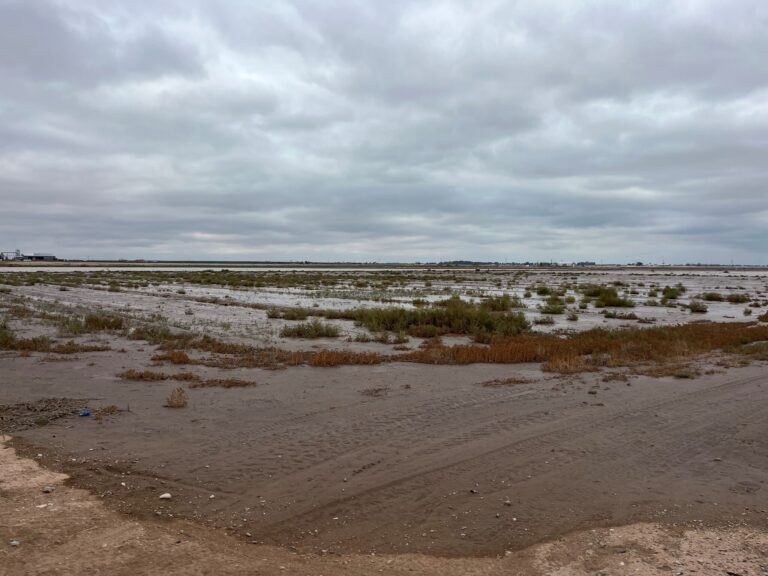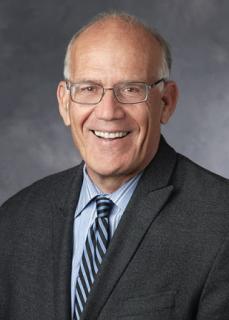Project 2025 and the new look of disaster recovery

By Sherry Robinson
All She Wrote
In Roswell’s newly opened FEMA office, people who lost homes and vehicles in October flooding and people who are still trying to get the mold and muck out of their living quarters hope the government will help them get back on their feet.
In Ruidoso FEMA ensnared flood and fire victims with red tape. And Northern New Mexico’s fire and flood victims are still waiting for payments.
The nation’s disaster relief agency has its problems, but if you’ve just lost everything, FEMA is your only hope. Now FEMA and the whole mission of disaster recovery are in for big changes in the new administration.
The president-elect campaigned on reduced spending, and his allies at the Heritage Foundation wrote a plan for that in Project 2025. The 922-page document calls for “reforming FEMA emergency spending to shift the majority of preparedness and response costs to states and localities instead of the federal government.”
Ken Cuccinelli, a former Trump Homeland Security official who wrote the section on FEMA, has said, “People think of it as a first responder. It’s not a first responder.”
In Project 2025 he wrote: “FEMA is the lead federal agency in preparing for and responding to disasters, but it is overtasked, overcompensates for the lack of state and local preparedness and response, and is regularly in deep debt.”
Since 1988 the number of declared federal disasters rose and most costs were shifted from states and local governments to the federal government, according to Project 2025. Now FEMA is “unprepared in both readiness and funding for the truly catastrophic disasters in which its services are most needed.”
Project 2025 wants FEMA to “focus on large, widespread disasters” and stop doling out money for smaller disasters. The document doesn’t define smaller disasters, but the authors are obviously thinking of Hurricane Helene, which devastated vast areas, and not the localized events in Roswell, Dexter or Ruidoso.
Project 2025 suggests a deductible, which would incentivize states “to take a more proactive role in their own preparedness and response capabilities.” And Congress should reverse the cost-share so that the federal government covers 25 percent of costs for small disasters and up to 75% for “truly catastrophic disasters.”
Probably every New Mexican caught up in fires and floods considers them truly catastrophic. The Ruidoso mayor has said his community needs help to replace bridges. We could argue that small towns with disasters of any size will be hard pressed to recover without federal and state help.
Project 2025 would also pull the plug on the National Flood Insurance Program, which provides most of the nation’s flood insurance because private flood insurance isn’t affordable in many places. (KOB-TV reported just 252 policies in Lincoln County.)
Government subsidies and bailouts “encourage more development in flood zones, increasing the potential losses” to the program and the taxpayer. Project 2025 would replace it “with private insurance starting with the least risky areas.”
Problem is, the insurance industry doesn’t want to offer flood insurance because the disasters are bigger, claims are beyond the industry’s capacity to pay, and premiums are unaffordable.
Project 2025 isn’t wrong in wanting to curtail costs. FEMA is still trying to repay billions it borrowed in 2017, according to Politico’s E&E News. Skyrocketing costs for this year recently prompted President Joe Biden to ask Congress to shore up the disaster relief fund.
FEMA, under both the Obama and Trump administrations, proposed reducing the flow of money to states after smaller weather events. In fact, Project 2025 revives an Obama-era proposal to incentivize states to reduce future damage by tightening building codes. The proposal died because states didn’t like it.
FEMA needs to address its costs, but reformers will find that it’s easier to write a plan than it is to justify it to a disaster victim.
Sherry Robinson is a longtime New Mexico reporter and editor. She has worked in Grants, Gallup, the Albuquerque Journal, New Mexico Business Weekly and Albuquerque Tribune. She is the author of four books. Her columns won first place in 2024 from New Mexico Press Women.



